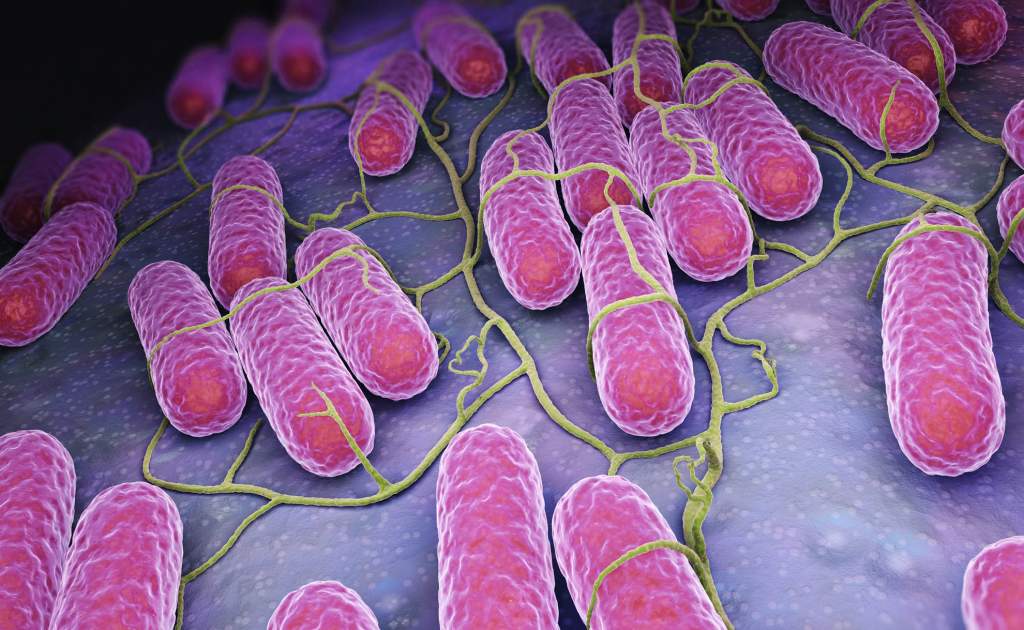Salmonella typhimurium is a bacterium that causes salmonellosis, commonly known as salmonella poisoning. Humans usually contract this disease by eating food contaminated with the bacteria, especially meat, eggs and dairy products. Salmonellosis is primarily characterized by gastrointestinal symptoms such as diarrhea, fever and vomiting. Most cases are self-limiting and don’t require specific treatment. Salmonella poisoning can be life-threatening in rare cases.
Provide supportive treatment only for most cases of salmonella poisoning. This illness usually begins within three days of exposure and may last for up to a week. During this time, most patients should only require bed rest, fluids and pain relievers.
Go to the emergency room or contact your physician immediately for dehydration caused by severe diarrhea. The dehydration may require intravenous fluids. These patients will typically receive medication to reduce the fever and other symptoms of salmonella poisoning.
Seek antibiotic treatment if your case of salmonella poisoning is severe. This disease can spread to the bloodstream in patients with compromised immune systems, such as the very young or elderly. The most commonly prescribed medications for these cases are one of the fluoroquinolones.
If you are pregnant or have a young child, talk to your doctor about using ciprofloxacin or ceftriaxone. Fluoroquinolones can interfere with the development of cartilage and are generally contraindicated for these patients.
If you have a widespread infection, seek long-term antibiotic therapy, which can last up to six weeks. Carriers of salmonella typhimurium who do not display symptoms can usually be cured of the carrier state by having their gallbladders removed.
